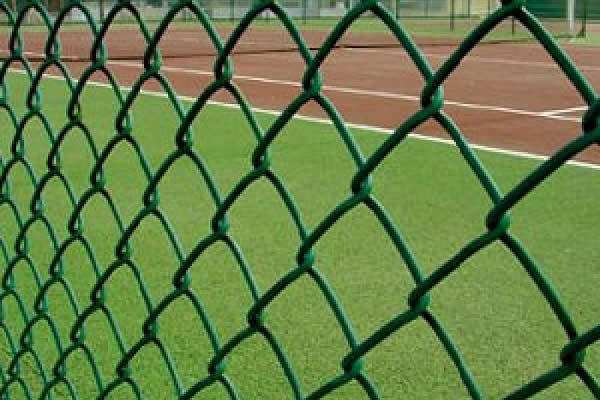 TEL:
+86-13102802206
TEL:
+86-13102802206
 Email:
fencenetting@china.com
Email:
fencenetting@china.com
 Language
Language
 TEL:
+86-13102802206
TEL:
+86-13102802206
 Email:
fencenetting@china.com
Email:
fencenetting@china.com
 Language
Language


The Importance of Temporary Playground Fencing
Creating a safe and engaging environment for children to play is paramount in any community. One effective way to ensure safety in outdoor recreational areas is through the use of temporary playground fencing. This type of fencing not only protects children from potential hazards but also allows for organized play, enhancing the overall experience for both kids and parents.
Temporary playground fencing serves multiple purposes. Firstly, it establishes a clear boundary for play areas, helping to keep children contained within a designated space. This is particularly crucial in parks or community settings where children might be easily distracted by surrounding activities or passing vehicles. By providing a physical barrier, parents can feel at ease knowing that their children are playing in a safer, controlled environment.
Additionally, temporary fencing can be instrumental during events or festivals where an area is designated for play. It allows organizers to define the play space clearly, protecting children from unintended risks posed by crowds or equipment. Whether it's a fair, a school function, or a neighborhood gathering, such fencing ensures that the play area is recognizable and isolated, making it easier for parents to supervise their children.

Moreover, temporary playground fencing is versatile and can be set up and taken down quickly, making it an excellent solution for both permanent and temporary play spaces. It can be adapted to suit various sizes and configurations, accommodating a wide range of playground equipment. This flexibility means that communities can easily expand or modify play areas based on demand or special events.
Another key benefit of temporary playground fencing is its role in promoting social interaction among children. By creating defined spaces, children are encouraged to engage in organized activities and games. This fosters teamwork, sharing, and communication skills, vital components in child development. Furthermore, witnessing their peers playing together in a secure area can inspire children to try new activities, boosting their confidence and social bonds.
In conclusion, temporary playground fencing is an essential element in promoting safe and enjoyable play environments for children. By providing a clear boundary, enhancing safety during events, and fostering social interaction, it plays a significant role in community and child development. As communities continue to recognize the value of accessible play spaces, the implementation of such fencing will undoubtedly remain a crucial consideration in designing and managing playgrounds effectively.